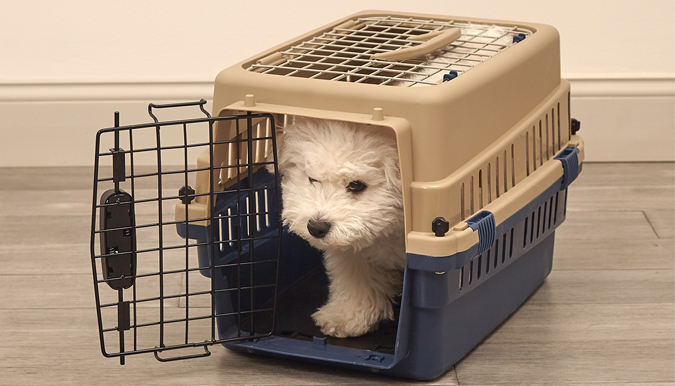Durable Steel Edging for Beautiful Garden Beds and Landscape Design
Nov . 09, 2024 14:33
Creating a Beautiful Steel Garden Bed Edging
In the world of gardening, details matter. Amongst the myriad of choices for garden bed edging, steel garden bed edging is gaining considerable popularity for its durability, aesthetic appeal, and functionality. Whether you're a seasoned gardener or a novice with a budding interest, understanding the significance of steel edging can elevate your gardening experience.
Durability and Longevity
One of the primary advantages of using steel for garden bed edging is its remarkable durability. Unlike wood, which can easily rot or warp over time, or plastic, which can fade and become brittle, steel is resistant to the elements. This resilience means that once you install steel edging, you can expect it to last for many years with minimal maintenance. It can withstand weather changes, garden pests, and the wear and tear associated with frequent gardening activities, providing you with a long-lasting solution.
Aesthetic Appeal
Steel garden bed edging offers a sleek and contemporary look that can complement any landscape style. Its clean lines and modern appearance can create a striking contrast against the natural elements of your garden. Available in various finishes, such as galvanized steel or corten steel, these edging options can add a touch of sophistication. Corten steel, in particular, is known for developing a beautiful rust patina over time, which can add warmth and character to your garden.
Functionality and Versatility
Beyond aesthetics, steel edging serves several functional purposes. It effectively delineates garden beds, helping to keep soil within designated areas while preventing grass and weeds from intruding. This containment is particularly beneficial when you are cultivating plants that prefer controlled conditions. Additionally, steel edging can be used to create tiered garden beds on slopes, offering the opportunity to experiment with various plant heights and arrangements.
steel garden bed edging

Moreover, since steel edging is available in different height options, gardeners can choose the right size based on their specific needs. Higher edging can be ideal for deep-rooted plants or vegetable gardens, while lower options may suffice for flower beds and decorative gardens.
Ease of Installation
Installing steel garden bed edging is a straightforward process, making it accessible for DIY gardeners. The first step involves planning the layout of your garden bed and measuring the lengths of steel edging required. Once you have your measurements, cut the steel pieces to size (if necessary) and place them along the desired contour of your garden. Depending on the design, you may need to dig a small trench for the edging to sit in, ensuring stability.
After setting the edging, secure it with landscaping stakes or by burying a bit of soil around the base. This not only stabilizes the edging but also allows it to seamlessly blend into the garden landscape.
Environmental Considerations
Steel is an eco-friendly choice because it is often made from recycled materials and is entirely recyclable. When your steel edging reaches the end of its life, it can be recycled, reducing waste and environmental impact. This sustainable aspect aligns well with the growing trend of eco-conscious gardening practices.
Conclusion
Steel garden bed edging combines durability, aesthetic appeal, functionality, and ease of installation, making it an excellent choice for any gardening enthusiast. With proper installation, this versatile edging can transform your garden into a well-defined and visually striking space. Not only will you enjoy the practical benefits of keeping your garden neat and organized, but you will also appreciate the long-lasting beauty that steel edging brings to your outdoor sanctuary. As you explore the possibilities of your garden, consider how steel edging can play a vital role in your gardening journey.




















